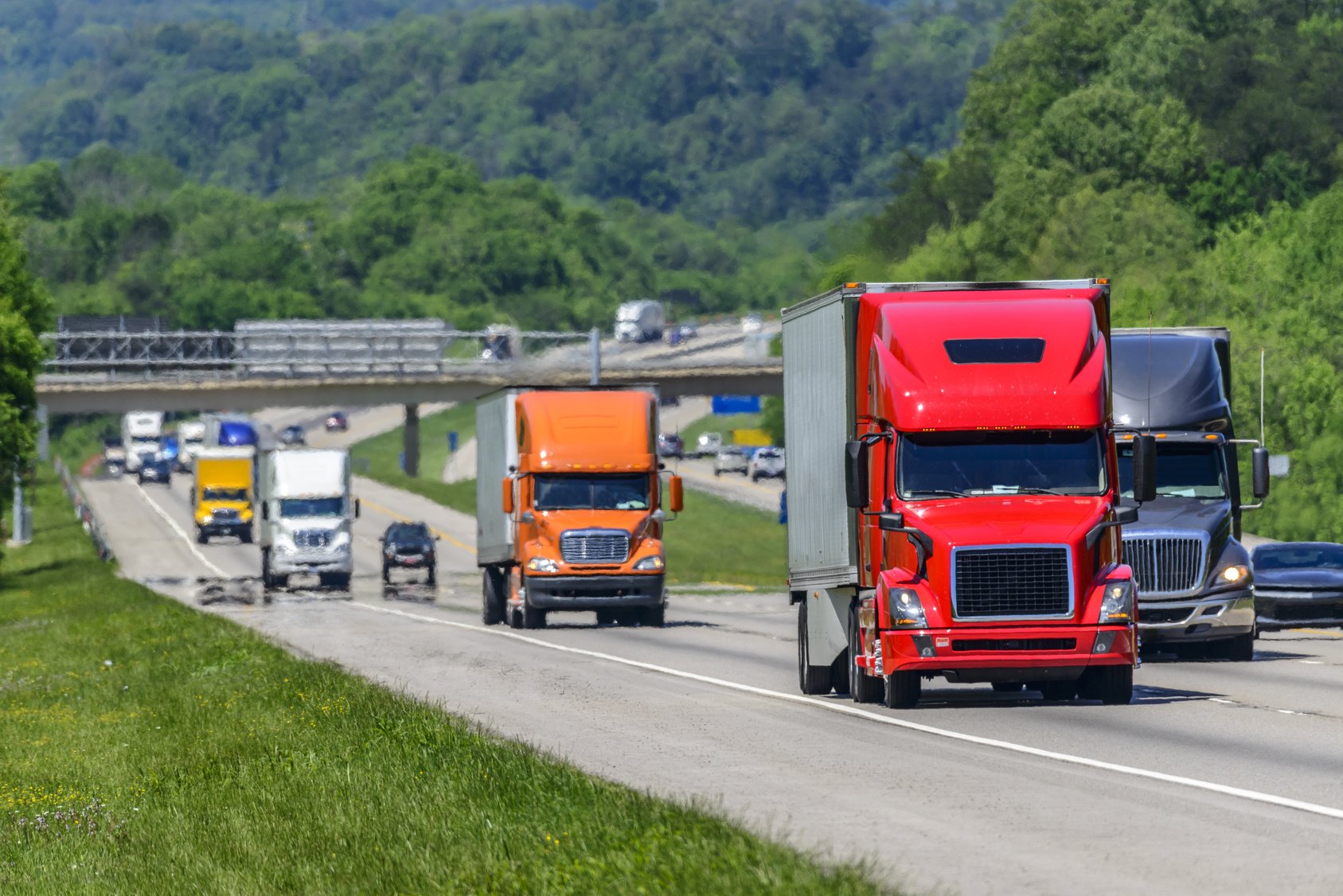Historically, the heating and combustion industry has had a significant impact on our environment, through both fuel production and emission. However, as the demand for cleaner fuel alternatives has continued to increase, new heating alternative have begun to emerge in the form of green heating fuels. Namely, renewable diesel and biodiesel have developed in order to act as substitutes for traditional petroleum-based heating fuels. These fuels bring both benefits and challenges to the industry. In this post, we'll provide an introduction to renewable green fuels and how their development is impacting the heating industry.
The Benefits of Heating With Green Fuels
In contrast to traditional hydrocarbon fuels which release harmful CO2 into the environment, green fuels, including renewable diesel and biodiesel, are generally considered carbon-neutral because they are derived from plant matter. While there are differences between these two types of green diesel, the benefits of heating with them are many. While heating with biodiesel mixtures can be easily accomplished with existing heating equipment, renewable diesel can be burned in much higher percentage blends, up to 100% renewable.
To read more about the benefits of heating with green fuels, click here.

The Materials Renewable Fuels are Made From
Both types of renewable fuels we're focusing on are made from similar plant and animal wastes that would ordinarily further contribute to landfills and pollution. Instead, by refining these products, including agricultural waste oils from crops like soybeans, livestock wastes, and low-grade cooking fats into fuel, these resources can be renewed as heat. Therefore, the production of green diesels for heating creates a recycling chain that reduces waste and CO2 emissions at the same time.
Click here to read more about the types of materials used to create green fuels.
Green Fuel Production Processes
The major differences between renewable diesel and biodiesel can be largely attributed to the methods used to produce each green fuel type. Renewable diesel is largely produced through hydrogenation, which refines the waste stocks into a usable product and removes oxygen from the fuel and allows it to burn cleaner. On the other hand, biodiesel is produced through transesterification, which creates purified oils into a viable fuel which is then blended with standard petroleum diesel. However, both green fuels still provide paths toward reducing emissions and waste.
To learn more about the production of green fuels, click here.

How Green Fuels Provide Sustainable Heat
Heating with green fuels like renewable diesel and biodiesel provides sustainability benefits in multiple ways. First, with carbon neutrality as the ideal goal of the heating industry, the CO2 absorbed by plants is released when green fuels are burned, creating a balance that will move us toward carbon neutrality. At the same time, instead of producing new fossil fuels that cannot be renewed quickly by the environment, the production of green fuels takes waste products and turns them into fuel instead of pollution.
To learn more about the sustainability benefits of green fuels, click here.
Equipment Requirements for Burning Green Fuels
One of the advantages of converting to green fuel heating is that both renewable diesel and biodiesel can be used in existing oil equipment with no or few necessary modifications. However, renewable diesel tends to perform better at higher blends than biodiesel, which is presently compatible with oil equipment only up to a 20% blend, referred to as B20. In contrast to other alternative, renewable fuels, biodiesel and renewable diesel would require far less new infrastructure in order to be implemented in a widespread manner.
To learn more about the equipment needed to heat with green fuels, click here.

Implementation of Green Fuels
Finally, the logistics of heating with green fuels present the heating industry with a few distribution challenges. While oil and gas are generally distributed across the country via pipeline, biodiesel must be kept separate from these pipelines to comply with industry and safety standards. However, in spite of distribution limitations, green biofuels and renewables can and will set the industry on the path to economical carbon neutrality and sustainability.
In order to learn more about the implementation of green fuels, click here.


